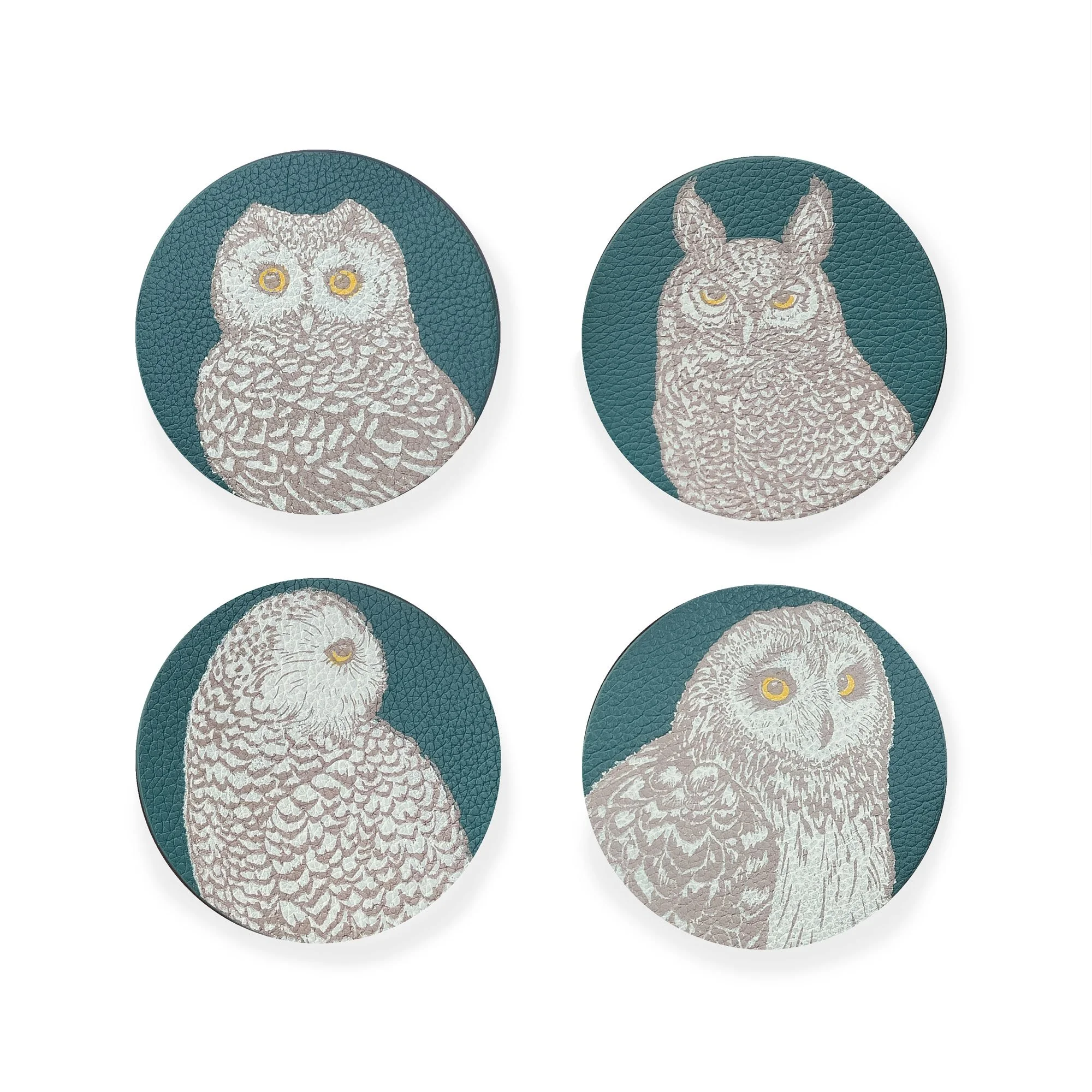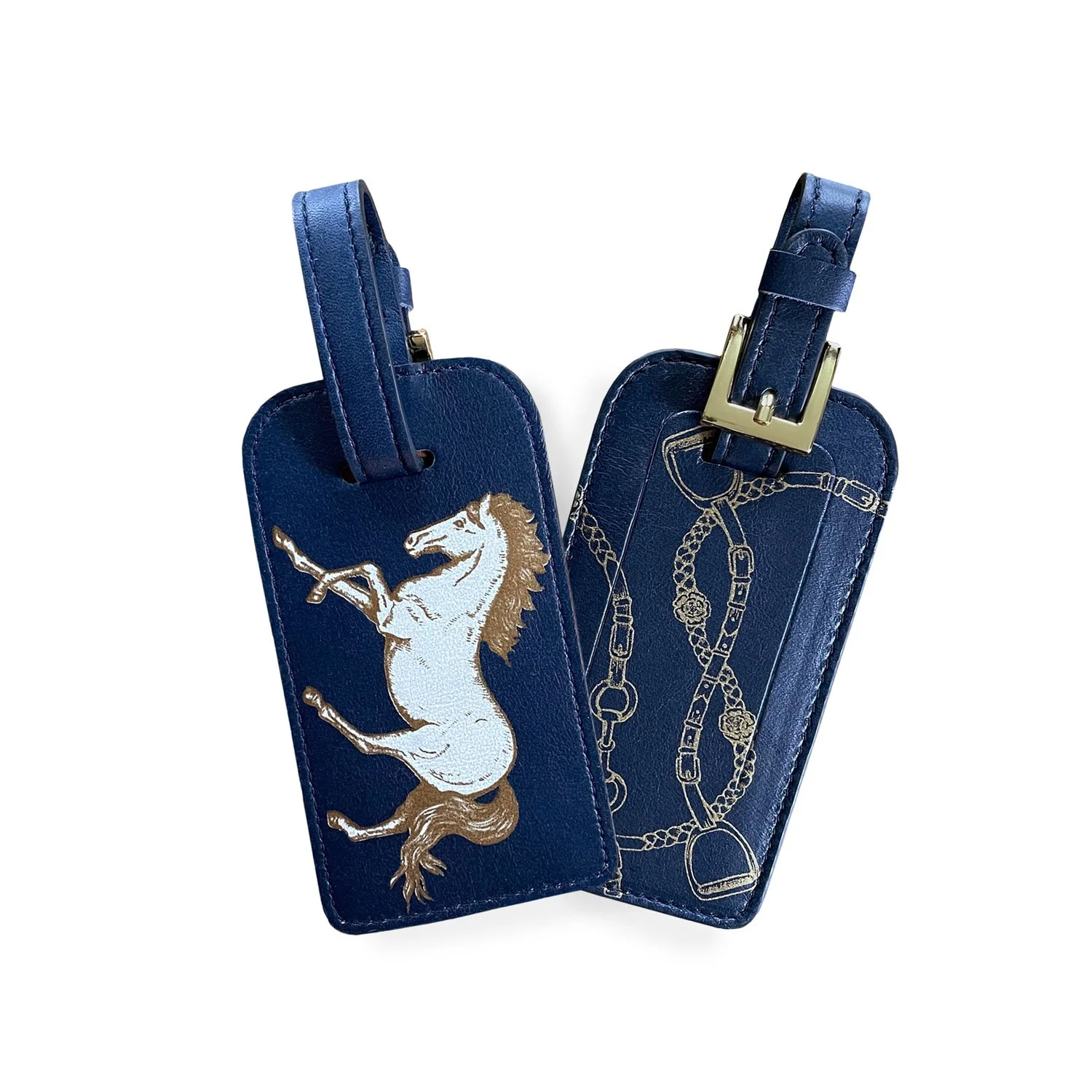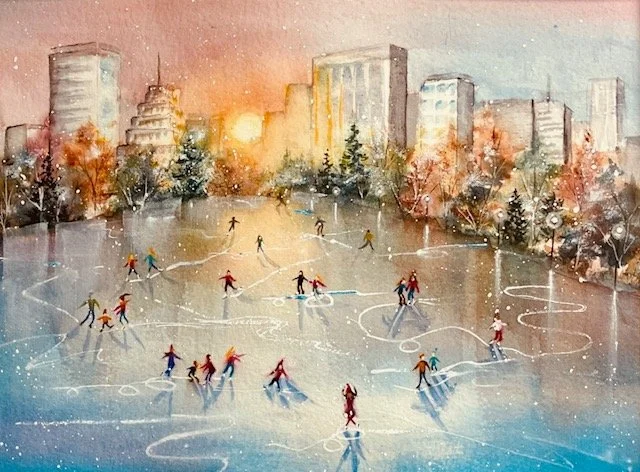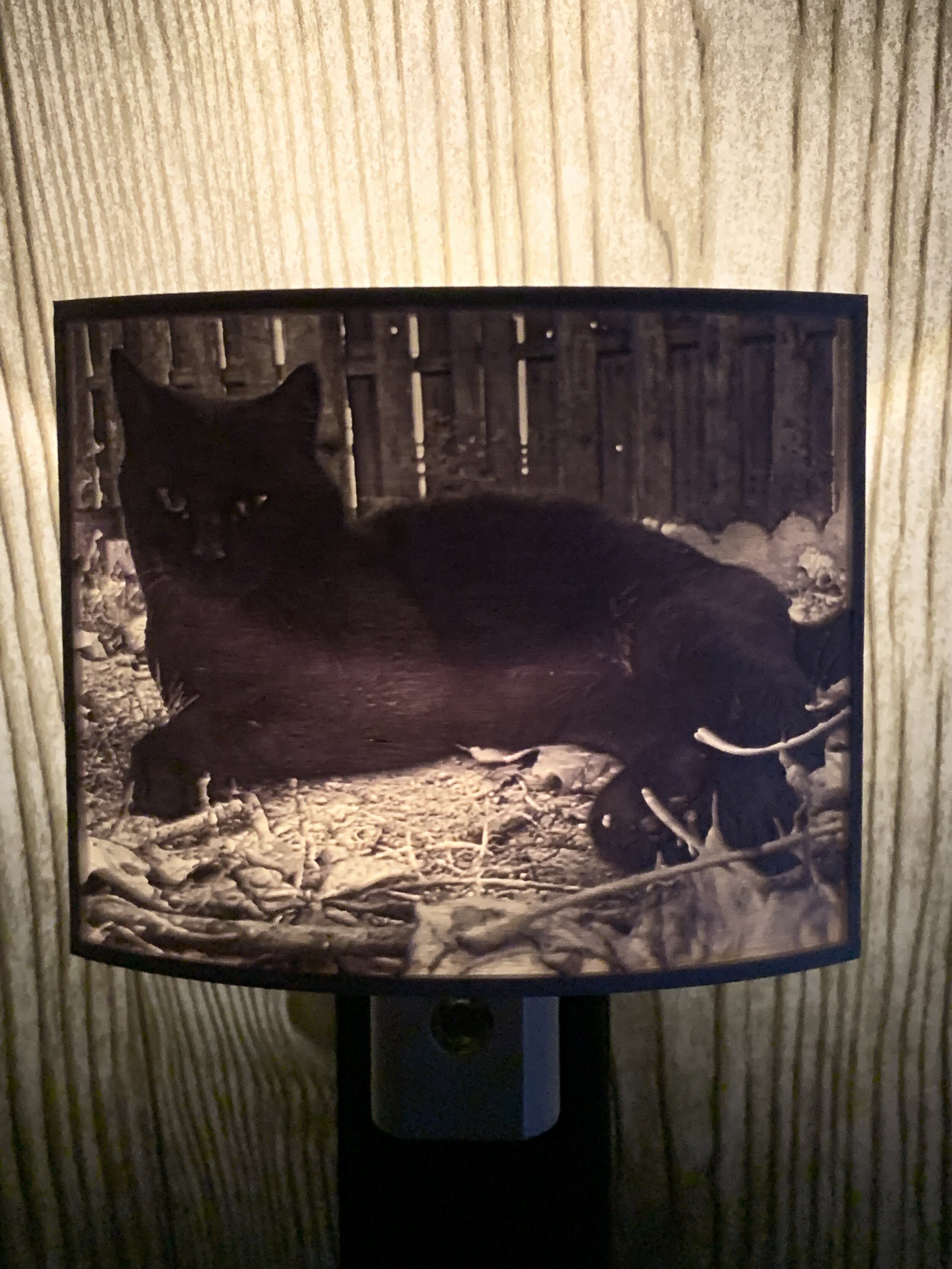Bears are back, tips to co-exist
A few mornings ago, I noticed a couple of things upturned around the outside of the house including a ladder and a pile of wood knocked over by the garbage cans. Huh, that’s kinda heavy for a raccoon…. And then: our last little honeybee hive that made it all through winter, upended with frames emptied and strewn across the wood line, and, to top it off, a big pile of bear scat in the front yard.
Noted: Black bears (Ursus americanus) are emerging from their winters-long hibernation, and they are hungry.
The bear scat found in our front yard was filled with mixed bird seed; Bird feeders are the cause of over 80-percent of bear problems around homes, according to the New York State Department of Environmental Conservation.
Birds do not require supplemental feeding, especially during the warmer months of the year. Bears that successfully find bird seed at one home will inevitably approach other homes. If bears become accustomed to feeding in yards and around homes and people, they may cause property damage and will likely become chronic nuisances. The NYS DEC highly recommends that bird feeding activities cease by April 1 and can resume November 30.
But bears, as noted by our late-March visitor, do not obey by these calendar rules made up by us humans. As spring-time temperatures elevate earlier than previous trends, bears will begin to leave their hibernating dens earlier to replenish with any and all food for themselves and their newborn cubs.
Tips on avoiding conflicts with black bears:
Make the first move: Remove bird feeders, take in any food left outside for pets, store garbage bins indoors.
A black bear usually has been nearby if you see clawed trees around 4-7 feet off the ground. Other indicators are black bear scat, black and in a pile, or ground digging spots.
If you see a black bear or are in an area where black bears may be, make noise. They will go away if they hear you. Avoid areas with berry bushes, or heavy bush areas.
If you do encounter a bear, NEVER run away; back away slowly. DO NOT stare, photograph them with large lens camera, feed them, climb a tree, or pet their cubs (!).
If you see a bear, walk away slowly at a 45-degree angle in the direction you came from. Speak to yourself in a calm, appealing tone. Keep your eyes on the bear to see how it will react.
If the bear is grunting and snapping their jaw, this is a sign you’re too close. If they start jumping up and down, that’s the second warning that you’re too close.
To reduce the chance of negative black bear encounters around your home, DEC recommends these precautions:
Never feed bears! It is illegal, dangerous and detrimental to bears. If you believe bears are being fed in your area, or suspect a nuisance bear situation, report it to DEC immediately.
Take down bird feeders by April 1. Birds do not need supplemental food in the spring and summer, when natural foods are most abundant (even if you believe your birdfeeder to be inaccessible to bears, the birds will drop seed on the ground, which attracts bears to your yard).
Clean off barbeque grills before nightfall (don't forget the grease trap), and if possible, store grills inside when not in use.
Store garbage in a secure building or location, secure can lids with ropes/bungees/chains, never over-fill cans, and dispose of garbage as frequently as possible.
If you live in an area where bears may occur, put garbage containers out by the curb just before the scheduled pick-up, never the night before.
If you live in a densely populated bear area, consider using a certified bear-resistant garbage container.
Clean garbage cans frequently with ammonia products.
Do not burn garbage, it is illegal and can attract bears.
Do not add meat scraps, bones or melon rinds to your compost pile.
Feed pets indoors and store pet food indoors. If pets must be fed outside, immediately remove all uneaten food and dishes.
Read more about bears and bird feeders + Tips to reduce conflicts with bears from the DEC
Sources + more info:
DEC: Black Bears Facts - https://www.dec.ny.gov/animals/6960.html
DEC: Avoiding bear-human conflicts https://www.dec.ny.gov/animals/6995.html































